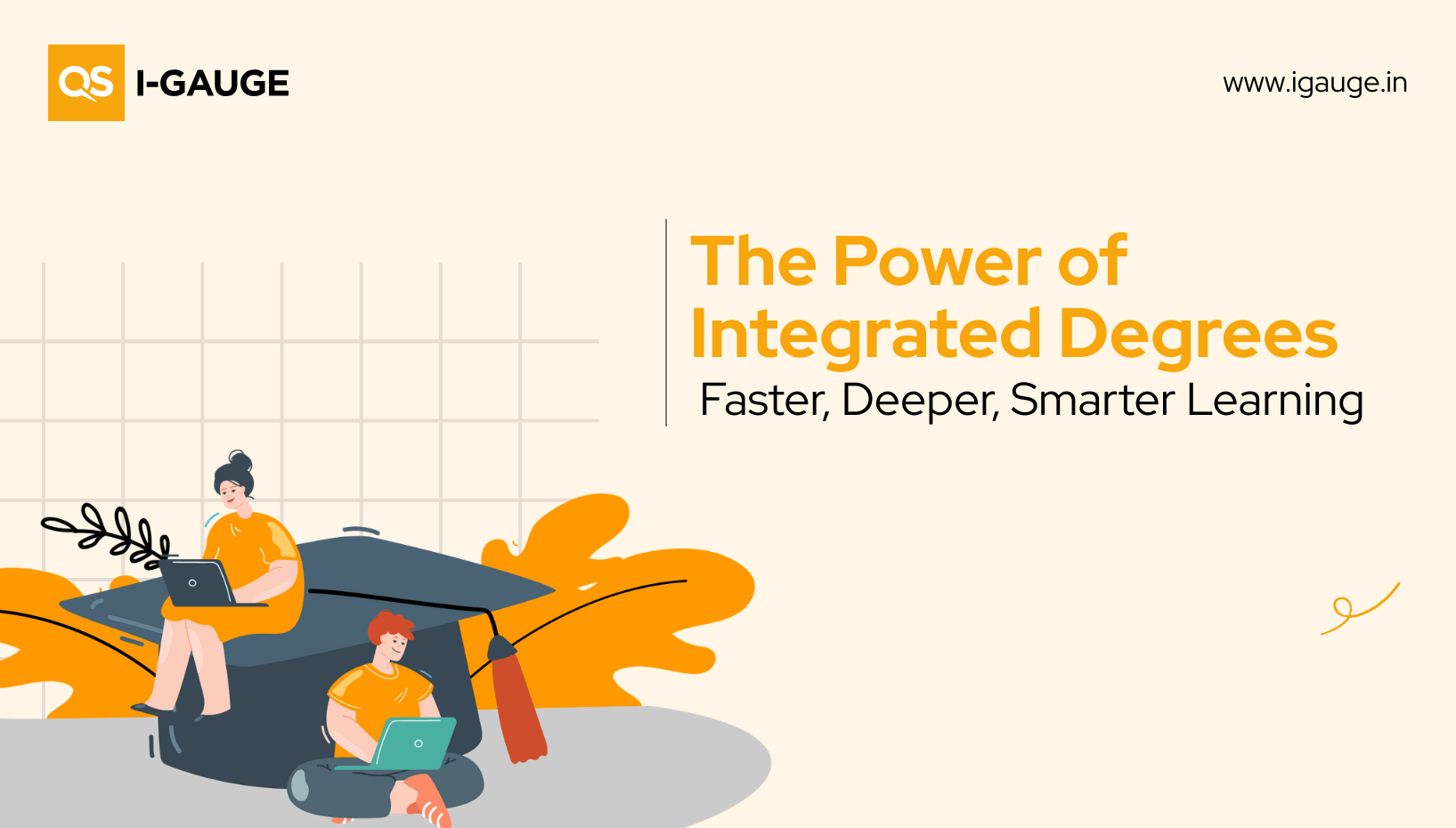
Hybrid classrooms are changing the way we learn by mixing online and in-person teaching. This new style became very popular during the pandemic, but it’s here to stay as it gives students more flexibility and helps everyone learn in a way that works best for them.
What is a Hybrid Classroom?
Hybrid classrooms combine face-to-face teaching with virtual instruction, allowing students to participate in-person or remotely. Teachers teach both groups at the same time, and everyone can take part in discussions, activities, and group work, no matter where they are.
Why is Hybrid Learning popular?
More choices: Students can choose to attend class in person or online, making it easier to balance school with other parts of life.
Helps more students: People who can’t come to campus—like those who live far away or have health issues—can still join classes.
Better results: Studies show that students in hybrid classes often do better than those in only in-person classes.
New technology: Using online tools and video calls makes learning more fun and interactive.
What do the numbers say?
Big growth: Online learning has grown by 200% since 2020 and could be worth $325 billion in 2025.
Worldwide use: Over 90% of countries use digital learning, and 21% of universities use hybrid models.
Students like it: 82% of students prefer hybrid learning, and 59% feel more motivated in these classes.
Better participation: Hybrid learning can increase student involvement by 30% and help more students stay in school.
Real Stories: Hybrid Learning in Action
1. University in the USA
A public university in the USA saw fewer students coming to class and less interest in learning after the pandemic. They started a hybrid model where students could join in person or watch live online. Teachers got special training, and the school improved its online tools.
Results: More students finished their courses, students were happier, and fewer missed classes.
2. University in London
A university in London set up 25 classrooms with special technology so students could join from anywhere. Teachers and students got help using the new tools, and everyone could take part in class, no matter where they were.
Results: More students could join classes, including those who couldn’t come to campus. Teachers said the classes were more inclusive and worked better for everyone.
3. Flipped Classrooms around the world
Some schools use a “flipped” model: Students watch videos or read online before class, then spend class time doing activities and discussing with their classmates—either in person or online.
Results: Students learn more by working together and using technology. Everyone feels more involved, even if they were learning from home.
The Benefits of Hybrid Classrooms
Flexibility: Students can learn in a way that fits their lives.
Accessibility: Anyone can join, no matter where they are or what challenges they face.
Personalised learning: Teachers can help each student in the way that works best for them.
Prepares for the future: Students learn to use technology and work online, which are important skills for jobs.
Good for the planet: Fewer people traveling to campus means less pollution.
Tips and Challenges
Keep It simple: Use clear instructions and make sure everyone knows what to expect.
Use technology well: Teachers and students need good training and support to use online tools.
Stay connected: Make sure online students feel included and can join discussions easily.
Final Thoughts
Hybrid classrooms are not just a temporary fix—they are a new way of learning that makes education better for everyone. By mixing online and in-person learning, schools and colleges can help more students succeed, no matter where they are or what challenges they face.
Read More
https://www.igauge.in/blogs/global-collaboration-through-virtual-classrooms-in-india




